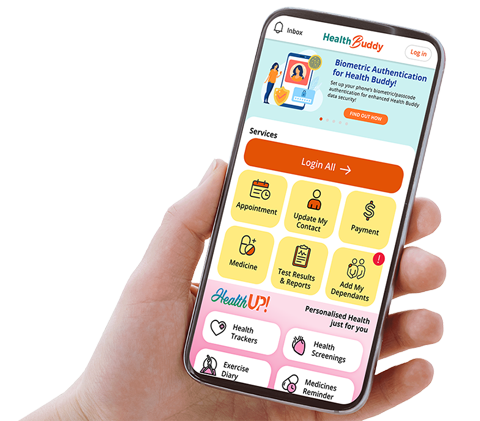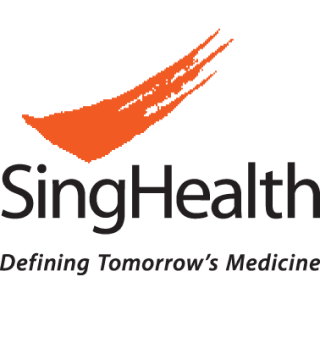What is - Osteoporosis
What is osteoporosis?

What are the types of osteoporosis?
There are two common forms of osteoporosis:
Primary osteoporosis
- Postmenopausal osteoporosis: This happens during or after menopause as the level of the bone-building hormone oestrogen decline.
- Age-related osteoporosis: The rate of bone loss is between 0.4 to 2 percent of your bone mass each year up to the age of 80. This form of osteoporosis usually starts later than the postmenopausal form and bone loss occurs much more slowly
Secondary osteoporosis
Osteoporosis - Causes and Risk Factors
What are the risk factors for osteoporosis?
- Sex and age
- Body size – low body mass index (BMI)
- Early menopause
- Childbearing
- Medications – e.g. steroids, anti-epileptic drugs
- Hormone-related disorders such as thyroid disease, reduced amount of sex hormones, and adrenal glands disorder
- Medical conditions such as rheumatoid arthritis, or disorders of the intestinal tract
- Prolonged bed rest and lack of exercise
- Lack of calcium and vitamin D in diet
- Excessive weight loss/dieting
- Smoking and high alcohol intake
Diagnosis of Osteoporosis
How is osteoporosis diagnosed?
Osteoporosis can be detected based on your Bone Mineral Density. Your doctor may need to monitor your bone density scan results at regular intervals so that they can compare changes in bone density and to determine how your bone density is responding to treatment.Treatment for Osteoporosis
How is osteoporosis treated?
A successful action plan to prevent or treat osteoporosis involves several elements that contribute to overall bone health.These elements include:
- Adequate intake of calcium and vitamin D
- Sufficient low impact weight-bearing activities (e.g. jogging, walking, water aerobics, light gardening, treadmill walking) for 2-3 times a week, at least to accumulate 30 minutes each time
- Having healthy protein intake may have a protective effect on your bone structure
- Smoking
- Excessive intake of alcohol
- Very high fibre diets
- High sodium intake
- High caffeine intake
Osteoporosis - Other Information
Healthy living with calcium
Calcium is key when it comes to preventing and treating osteoporosis. It helps in the production of strong bones. Vitamin D helps calcium to be easily absorbed into the bones. Therefore, it is important to know which kinds of food are rich in calcium and Vitamin D.
The recommended daily intake of dietary calcium is 1000mg to 1200mg, and for Vitamin D is 600(IU) to 800(IU). The best way to obtain enough Vitamin D is to have at least 30 minutes of sunshine a day. If sun exposure is not advisable because of medical reasons, Vitamin D can also be obtained in food like egg yolk, cod liver oil, oily fish such as herrings and sardines.
Calcium supplements
Here's how you can get the most out of calcium supplements:
- Read package labels carefully. Pay attention to the amount of elemental calcium per serving size. For example, 800mg of elemental calcium is available in each serving size and each serving size may consist of 4 tablets
- Take calcium supplements with meals as this helps with absorption
- Calcium supplements may cause gas, bloating and constipation in some people. To avoid such side effects, drink plenty of fluids, exercise, and eat plenty of vegetables & fruits
- Please check with your doctor for recommendations of calcium supplements when in doubt
For further reading about calcium-rich foods and supplements, download a copy of our brochure in either English or Mandarin:
Osteoporosis.pdf
骨质疏松症.pdf
Contributed by
The information provided is not intended as medical advice. Terms of use. Information provided by SingHealth.
Get to know our doctors at SingHealth Hospitals in Singapore.
Get to know our doctors at SingHealth Hospitals in Singapore. here.

















